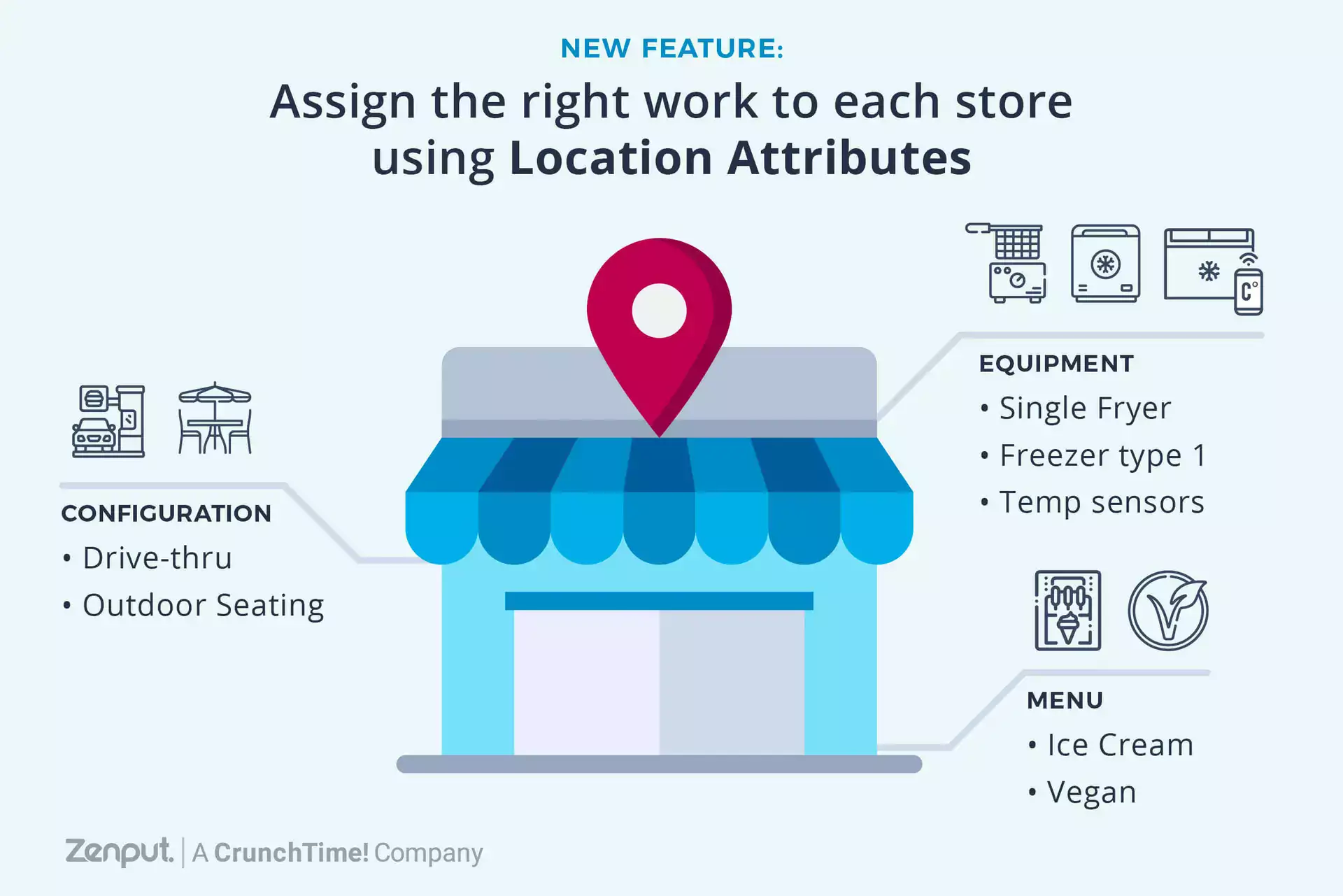Cold cases are one of the most important areas in the convenience retail business and also one of the most crucial to maintain. Having fresh, grab-and-go food is challenging, but when done correctly, this offering can yield healthy profits.
Unlike a store shelf or beverage cooler, the cold case is not an area of your store that you can simply “set and forget.” Store employees must regularly audit this area for three things:
- Appearance of the food
- Date packed and freshness
- Temperature stored
- sandwiches
- wraps
- salads
- sushi
- fruit/cheese cups
- hard-boiled eggs
- yogurt
Appearance of the Food
Does the food in your cold case look appealing? I’ll use an example from my own travels: a brie and apple sandwich on raisin bread. Sounds tasty, but the cheese looked moldy and the apple made the bread look soggy. In this case, the upsell on premium ingredients didn’t work. Food doesn’t need to look completely gross not to sell, either. It can just look disproportionate. Is your parfait mostly granola and little fresh fruit or yogurt? Does the turkey sandwich look mostly bread with a chunk of meat crammed in between the slices? Poorly assembled food won’t sell, either. Careful on quantity: Your cold case is a focal point of the store and should appear as a cornucopia of goodness. It’s a bit of a balancing act to not only offer items in quantity, but also to make sure that it doesn’t appear messy. Also, overstocking goods can lead to a risk of some items not receiving adequate refrigeration. Make sure items stay in contact with the cold surface of the case.Date Packed and Freshness
When I picked up that apple and brie sandwich, I, like most customers, checked the date of the freshness before making a purchase. It’s important for retailers and QSRs to make sure that every date is checked and rechecked. Old or molding food can be a health hazard, but it’s not as simple as just keeping records of “best by” or “sell by” dates. Food safety really starts in the kitchen with monitoring food storage temperatures. See also: Conducting a Food Safety Audit: 7 Principles of HACCPTemperature Stored
Fact: Refrigerators grow old, break down, and can prematurely spoil food that requires storage at a certain temperature. Check whether or not the temperature in the cold case is set correctly. Again, this audit carries to the back of the house, where ingredients are stored. See Also: How to Calibrate a Kitchen ThermometerIn addition, cold case dairy products, pudding, yogurt and cheese are all hypersensitive to mold, and should be regularly checked. The coldness of the case will also affect the freshness of fruits and vegetables, including the lettuce in wraps and salads.
Make sure your refrigeration is up to date and make sure that the salads, wraps, and yogurts are being stored correctly. Check labels and check the refrigeration daily as part of the self-auditing process for the store.The Takeaway
Customers rely on cold cases for a quick selection and fresh food. They are supposed to serve as an antithesis to greasy, hot fast-food. It’s imperative to deliver on that expectation of fresh ingredients. Create checklists that account for each of the items in your cold case and audit daily for appearance, freshness, and storage.Subscribe to our blog
You are now subscribed!


